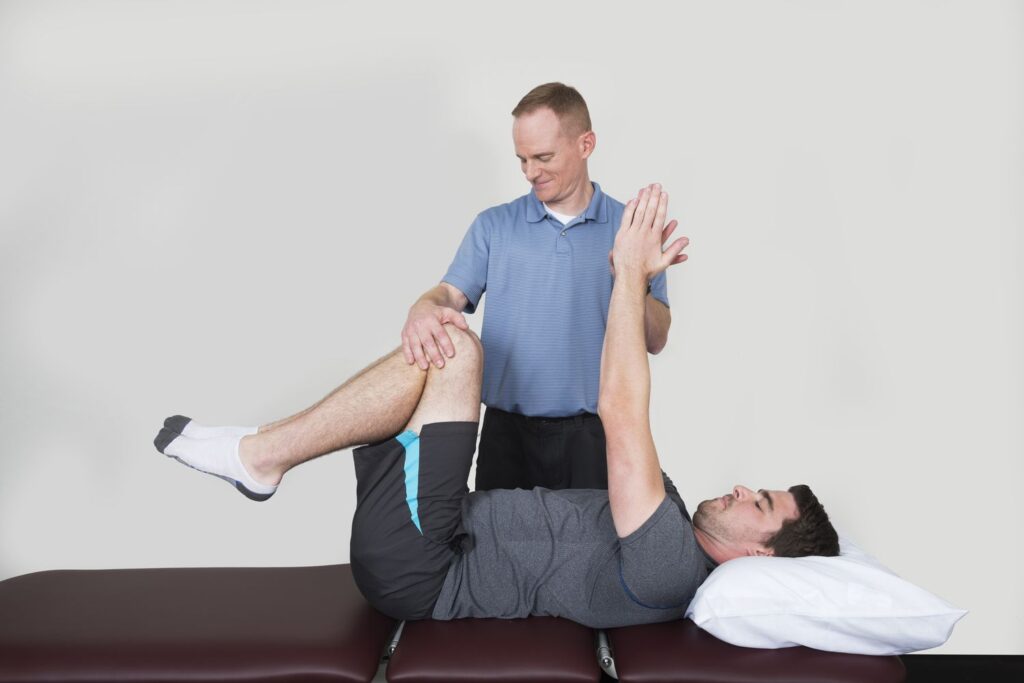Spinal stenosis is a condition that narrows the spaces within the spine, placing pressure on the spinal cord and nerves. For many, it leads to persistent pain, stiffness, or difficulty with mobility. While surgery and medications are common treatment options, a growing question among patients is whether targeted exercises can help relieve these symptoms. Here’s more information on how exercise plays a role in managing spine narrowing:
Understanding Spinal Stenosis
Spinal stenosis occurs when your spinal canal becomes too narrow. The narrowing can happen in different parts of your spine, and it commonly affects the lower back and neck areas. When spaces become tight, nerves get compressed or irritated.
The symptoms of spinal stenosis vary from person to person. Common signs include dull aching pain in your back or neck. You may feel numbness or tingling in your arms or legs. Weakness in these areas is also common. People often have trouble walking long distances or standing for extended periods.
Age-related changes are a major cause for most cases. Other possible causes are osteoarthritis, bone spurs, and degenerative disc disease. Osteoarthritis breaks down cartilage that protects your joints, and bone spurs can develop as your body tries to repair arthritis damage. These changes may shift your spine’s normal alignment and create narrower spaces.
Exploring Exercise for Management
Exercise helps to manage the symptoms of spinal stenosis. Here are some of the ways exercise helps:
- Strengthens muscles that support your spine: Stronger muscles take pressure off your vertebrae and discs, providing better structural support.
- Improves flexibility: Exercise enhances spinal mobility, which can alleviate stiffness and facilitate easier movement.
- Boosts blood flow to affected areas: Increased circulation delivers key nutrients to damaged tissues and removes waste products, reducing inflammation and promoting healing.
- Releases natural pain-relieving chemicals: Physical activity triggers the release of endorphins, which act as the body’s natural painkillers.
- Enables activity modification: A properly designed exercise program helps you stay active while avoiding movements that exacerbate symptoms.
The right exercises tailored to your specific condition can enhance your daily functionality and overall well-being.
Comparing Exercise and Treatments
Physical therapy offers professional guidance on safe and effective exercises. A trained therapist teaches you proper techniques and help you avoid movements that may worsen symptoms. Anti-inflammatory medications help to reduce pain and swelling. These medications may make exercise more comfortable initially.
Advanced treatments exist for severe cases. Epidural steroid injections deliver medication directly to affected areas. Spinal cord stimulation blocks pain signals before they reach your brain. Exercise remains a key part of treatment even when these procedures are needed. The advantage of exercise is that it addresses multiple aspects of the condition. It strengthens supporting muscles, improves flexibility, and helps maintain function.
Book Your Spinal Stenosis Consultation
Exercise can significantly help manage the symptoms of spinal stenosis when performed correctly. The right combination of walking, stretching, and strengthening exercises helps reduce pain and improve your well-being. A healthcare provider can assess your specific symptoms and recommend appropriate activities. Contact an expert pain management specialist near you to book your consultation today.


